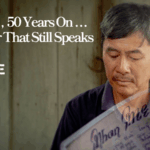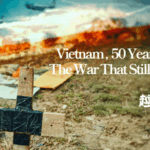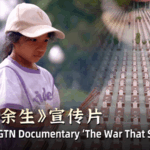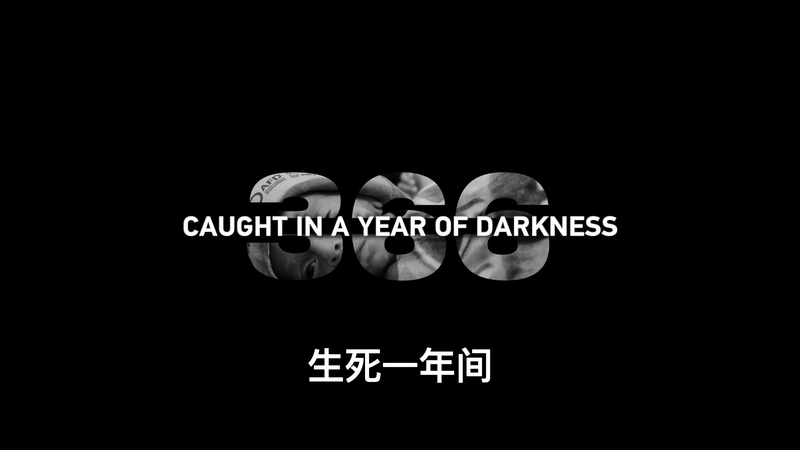Imagine losing a limb to a hidden enemy that’s been buried for decades. This is the harsh reality for thousands in Cambodia, home to the world’s highest number of amputees per capita. 🩸💔 Unexploded bombs and landmines—leftover from U.S. military campaigns during the Vietnam War—still scar the landscape, claiming lives and limbs long after the conflict ended.
Meet Moung Soksan, who stepped on a landmine over 20 years ago while farming. Today, at a rehabilitation center in Phnom Penh, he’s getting a new prosthetic leg—and a renewed shot at life. Stories like his highlight both the lingering horrors of war and the power of resilience. 💪✨
Cambodia’s journey to heal these wounds is slow but hopeful. NGOs and local groups are racing to clear an estimated 4-6 million UXOs (unexploded ordnances) still buried nationwide. Meanwhile, rehab centers empower survivors with mobility aids and job training. Yet, for many, the road to recovery is as rocky as the fields they once tilled.
Why does this matter now? 🌏 Global attention on post-conflict recovery is growing, and Cambodia’s plight underscores the urgent need for demining efforts worldwide. For young activists and travelers exploring Southeast Asia, it’s a stark reminder of history’s long shadow—and the courage it takes to rebuild.
Reference(s):
cgtn.com





